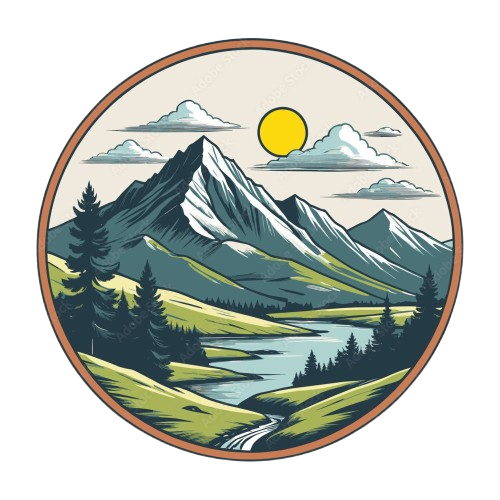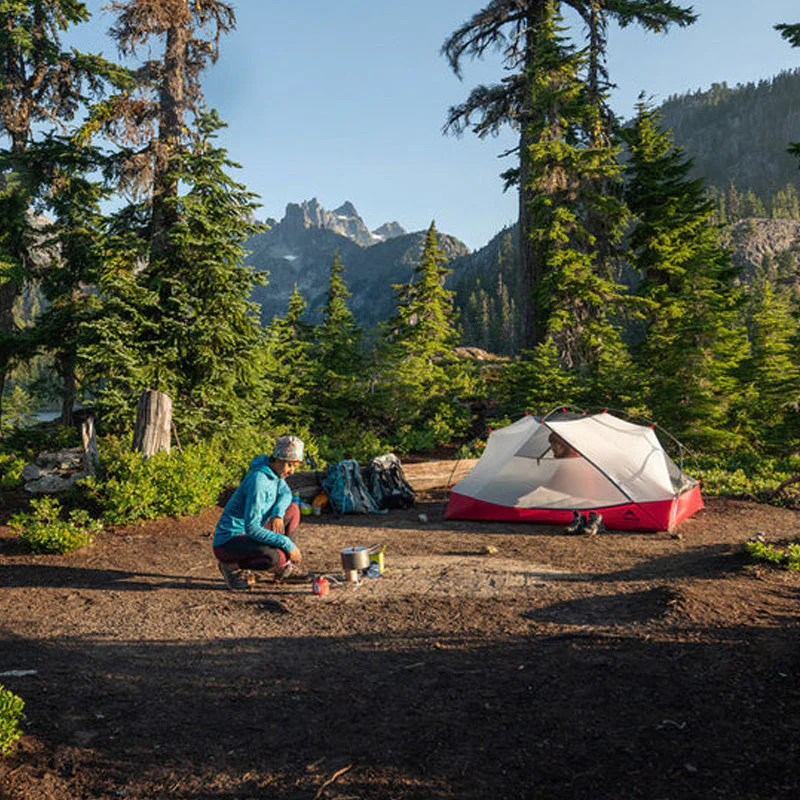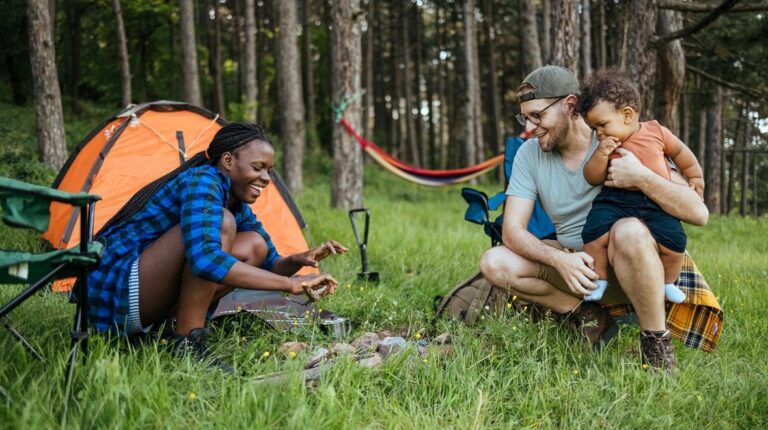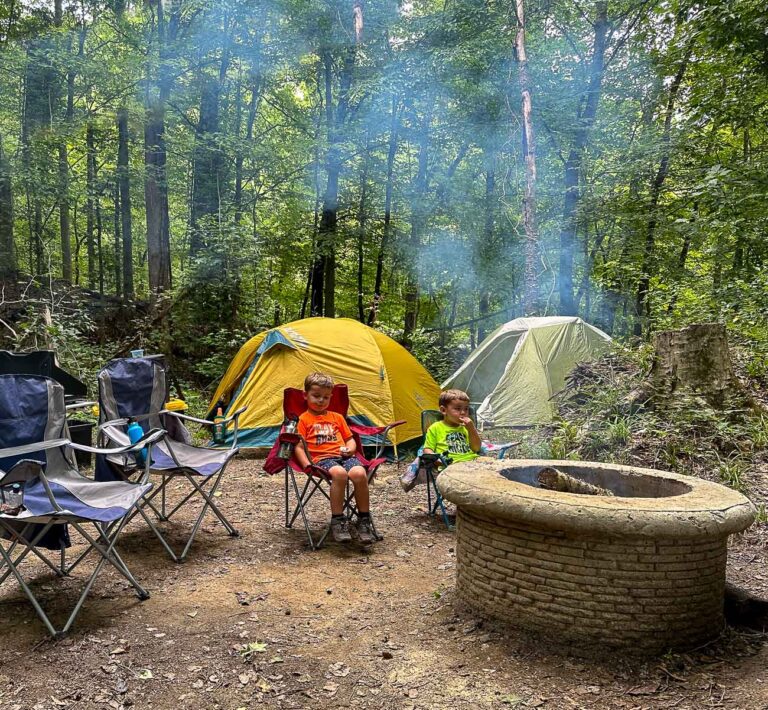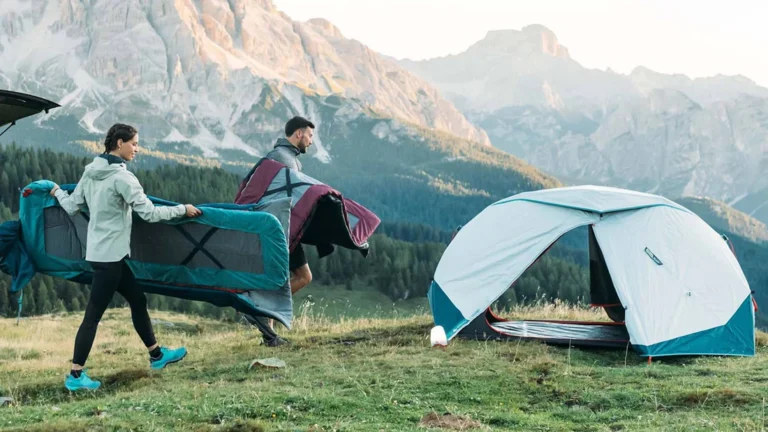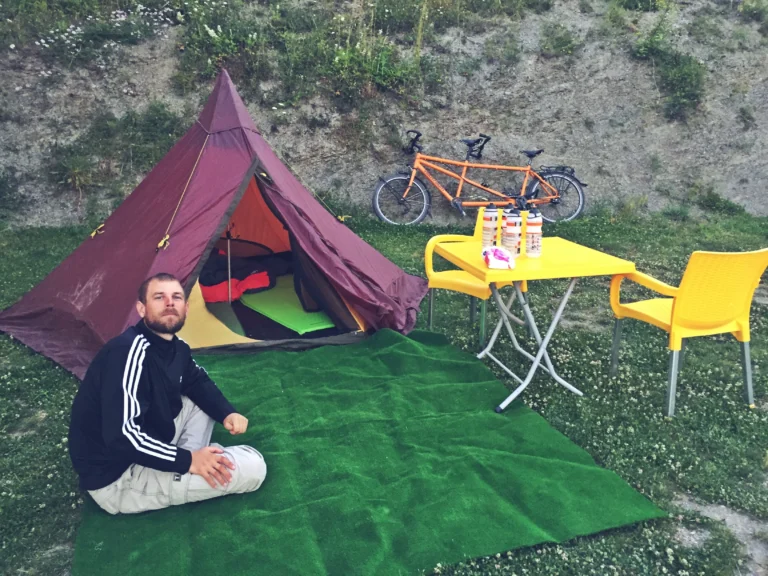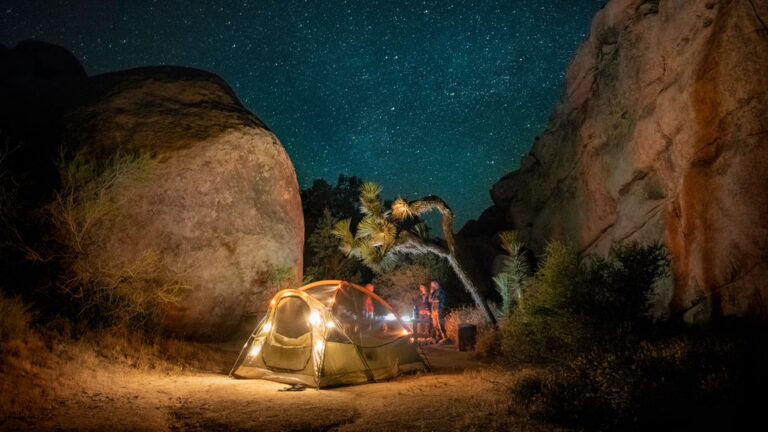The Complete Camping Guide: Your Ultimate Resource for Outdoor Adventures
The aroma of pine, the crackle of a campfire, and the excitement of sleeping beneath the stars are all timeless appeals of camping. Having the appropriate information and planning can mean the difference between an amazing trip and a tiring one, regardless of your level of experience. Everything you need to know to organize, set up, and enjoy your outdoor retreat will be covered in this comprehensive guide.
Why Go Camping?
Camping is more than just a break from daily life — it’s a chance to reconnect with nature, slow down, and make memories. Some key benefits include:
- Mental refresh – The quiet of nature reduces stress and boosts mood.
- Physical activity – Hiking, swimming, and exploring keep you active.
- Bonding time – Whether with friends, family, or solo, camping builds connections.
- Cost-effective travel – Nature offers million-dollar views for a fraction of the cost.
Choosing Your Camping Style
Not all camping is the same — pick the one that matches your comfort level.
- Tent Camping – The classic, most affordable option.
- Car Camping – Camp near your vehicle for easy gear access.
- Backpacking – Lightweight, minimalist camping for hiking enthusiasts.
- RV or Camper Van – Comfort and convenience with mobility.
- Glamping – Luxury meets nature with cozy amenities.
Planning Your Trip
1. Pick Your Destination
Consider the season, distance, and available activities. Popular options include:
- National Parks – Scenic beauty, hiking trails, and wildlife.
- Lakeside Camps – Perfect for swimming, fishing, or kayaking.
- Mountain Sites – Cool air, challenging hikes, and epic views.
2. Check Regulations & Reservations
Some campsites require booking months in advance, especially in peak season. Research permits, campfire restrictions, and pet policies.
3. Plan Activities
Hiking, stargazing, fishing, photography, or simply relaxing — tailor your itinerary to your group’s interests.
Essential Camping Gear
Here’s a checklist to get you started:
Shelter & Sleeping
- Tent with stakes and rainfly
- Sleeping bag suitable for the season
- Sleeping pad or air mattress
- Pillow or stuff sack with clothes for comfort
Cooking & Food
- Portable stove or grill
- Fuel canisters
- Cookware (pots, pans, utensils)
- Cooler with ice packs
- Biodegradable soap and sponge
Clothing
- Weather-appropriate layers
- Waterproof jacket
- Hiking boots or sturdy shoes
- Hat and gloves (for cooler weather)
Safety & Navigation
- First-aid kit
- Map and compass or GPS
- Flashlights or headlamps (with spare batteries)
- Multi-tool or knife
Campfire Basics
Campfires are a highlight of camping, but they require caution:
- Only build fires in designated pits or rings.
- Keep water or a shovel nearby to extinguish.
- Never leave fires unattended.
- Fully douse and stir embers before sleeping or leaving.
Leave No Trace Principles
Responsible camping means protecting the outdoors:
- Plan ahead and prepare.
- Travel and camp on durable surfaces.
- Dispose of waste properly.
- Leave what you find.
- Minimize campfire impact.
- Respect wildlife.
- Be considerate of other visitors.
Pro Tips for a Smooth Camping Trip
- Test your gear at home before your trip.
- Arrive before dark to set up camp easily.
- Store food securely to avoid attracting animals.
- Stay flexible — nature doesn’t always follow your schedule.
The Joy of Camping
Camping is an invitation to slow down, breathe deeply, and immerse yourself in the natural world. Whether you’re roasting marshmallows, watching the sunrise over a misty lake, or falling asleep to the sound of crickets, the experience is both grounding and inspiring.
So pack your essentials, choose your destination, and step into the great outdoors. Your next adventure awaits — and the memories you’ll create will last a lifetime.
